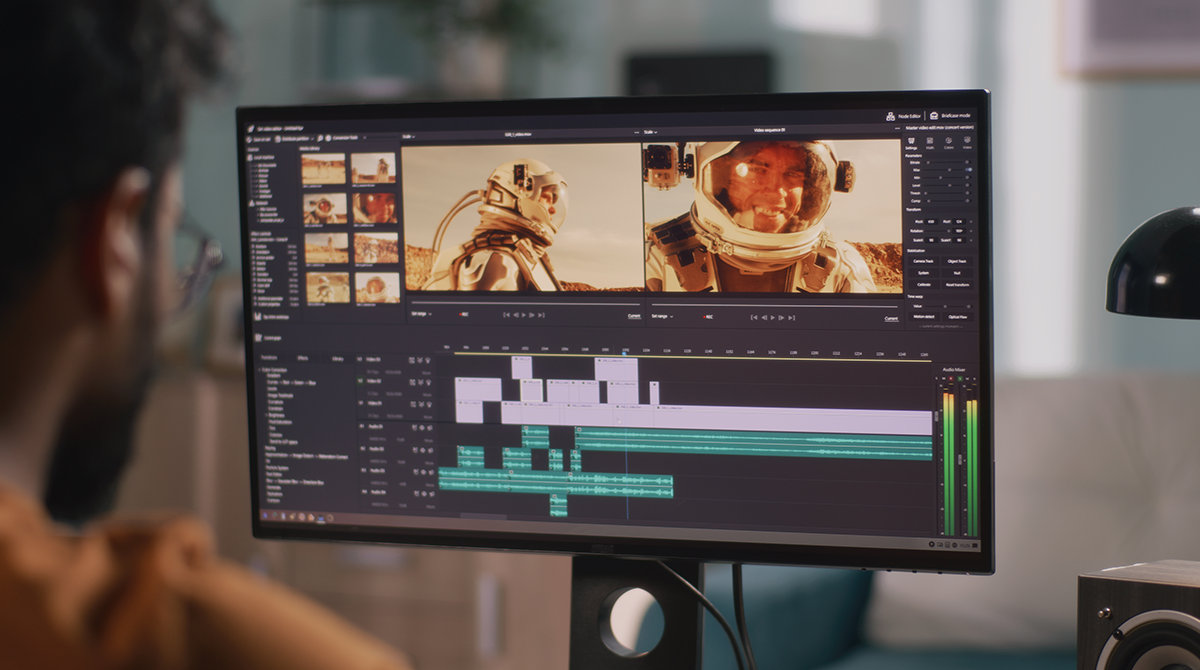
As educators, we always look for new ways to connect with students and ensure learning sticks. Video tips for teachers provide invaluable tools for dynamic and engaging lessons. These video tips help teachers engaging students with video learning opportunities in multiple ways.
Table of Contents:
- Creating Engaging Video Content
- Video Tips for Teachers: Beyond the Basics
- FAQs about video tips for teachers
- Conclusion
Creating Engaging Video Content
Many educators feel overwhelmed by creating videos. It feels like another task added to their long list. But video tips for teachers can make video creation less stressful. This can create a more rewarding experience for teachers and students.
Creating engaging educational videos involves more than recording. Effective videos use specific engagement strategies that help students stay focused.
Keep it Concise and Focused
Respect students’ time. Short, focused videos (under six minutes) are more effective than long lectures. Research shows engagement drops after six minutes.
This is a top video tip: keep it short. Break complex topics into smaller parts. Create a series of short videos instead of one long one for lesson plans.
Use Visuals Strategically
Visuals add impact and clarity. Incorporate images, graphics, animations, and screen recordings. Visual aids like these are key for explaining processes or presenting data.
Visuals create interest and maintain student engagement. An appealing video is more exciting than just talking. The right tools even let you embed interactive elements and quizzes within the video. This lets you assess understanding directly.
Tools such as ScreenPal are great options for creating engaging video lessons.
Video Tips for Teachers: Beyond the Basics
We’ve covered foundational video tips. Now let’s improve strategies. We’ll discuss leveraging video for student creation, blended learning, and family engagement.
These finer points are very useful for classroom video. This exploration will maximize video’s educational value. Reviewing video, video recording, sound effects and closed captioning will add significant value for both in-person and online teaching.
Empowering Student-Created Videos
Flip the script; make students the creators. Challenge them to make videos explaining concepts, demonstrating skills, or presenting projects. These video lessons can help students review information in fun, creative ways.
Student-created content encourages creativity and ownership. It also promotes deeper engagement and builds essential communication skills.
Blending Learning with Video
Videos support blended learning models. Prerecorded lessons make content available anytime, anywhere.
This accommodates different learning styles and paces. For example, create video tutorials for skills students review independently. Struggling students can rewatch the video. It also creates virtual office hours. Video provides remote learning advantages like asynchronous tutoring, for busy teachers and students. Theserecording the lessons help the teachers make sure that their teaching style resonates with the student’s learning preference.
Video helps customize education and differentiate more fully. Tynker offers platforms to blend coding lessons through game-based courses. This increases opportunities for project-based work. Blended flexibility saves teachers time.
Connecting with Families
Strengthening the home-school connection benefits everyone. Sharing videos helps families be more involved in classroom learning. The videos provide valuable insight to what the students are working on.
A quick video explaining a classroom policy or resource increases transparency for families. This offers more support, including a quick start for parent strategies and classroom rule introductions. Video clips of students’ work are a wonderful way to provide feedback beyond written comments, for the online lessons or embedded video content played in the classroom.
FAQs about video tips for teachers
What makes an effective instructional video?
Effective instructional videos are concise, focused, and visually engaging. They present information clearly for students to understand and retain.
Incorporating visuals, examples, and interactive elements enhances student learning. The explainer videos should include a hook for keeping the student engagement levels high.
How do you introduce yourself as a teacher in a video?
Start with a warm greeting. State your name, subject, experience, and passion for education.
This creates a personal connection with students and encourages their participation. This introduction sets the tone of video content. It immediately tells the viewers what to expect. It will show the passion the teachers put in creating video lessons and help them connect with students better.
What is the silent teacher technique?
The silent teacher technique presents information visually without narration. This encourages students to actively observe, analyze, and interpret the content. This method fosters critical thinking skills. It also helps the visual aids to take a center stage in communicating information.
How do you make instructional videos interesting?
Incorporate storytelling, humor, and real-life examples. Use varied visuals, editing techniques, and sound effects. Ask thought-provoking questions to stimulate curiosity.
Start recording your lectures. Keep the students stay tuned-in with quizzes and assessments. Use google slides to summarize your key points in a slideshow format. Do not wait, record and assess.
Conclusion
Integrating video is more than a trend. Smart video tips for teachers now provide proven strategies to boost engagement and learning. This increases family involvement. Video also allows for professional development and create unique learning options with the videos they make.
Thoughtful planning and the right tools greatly enhance teaching. From flipped classrooms to fostering student creativity, practical video tips support dynamic learning. Teachers engaging through these techniques provide students with access to the video content in multiple ways, which strengthens student engagement in the course work.
Explore video. Your instruction, and students, will benefit from improved teaching and knowledge retention. For video creation, ScreenPal and Loom are excellent choices. WebMD offers valuable video tips on health, useful for health-related subjects. You can explore video tips on indoor allergy relief for an allergy-free learning space, which would prove valuable throughout the school year.




